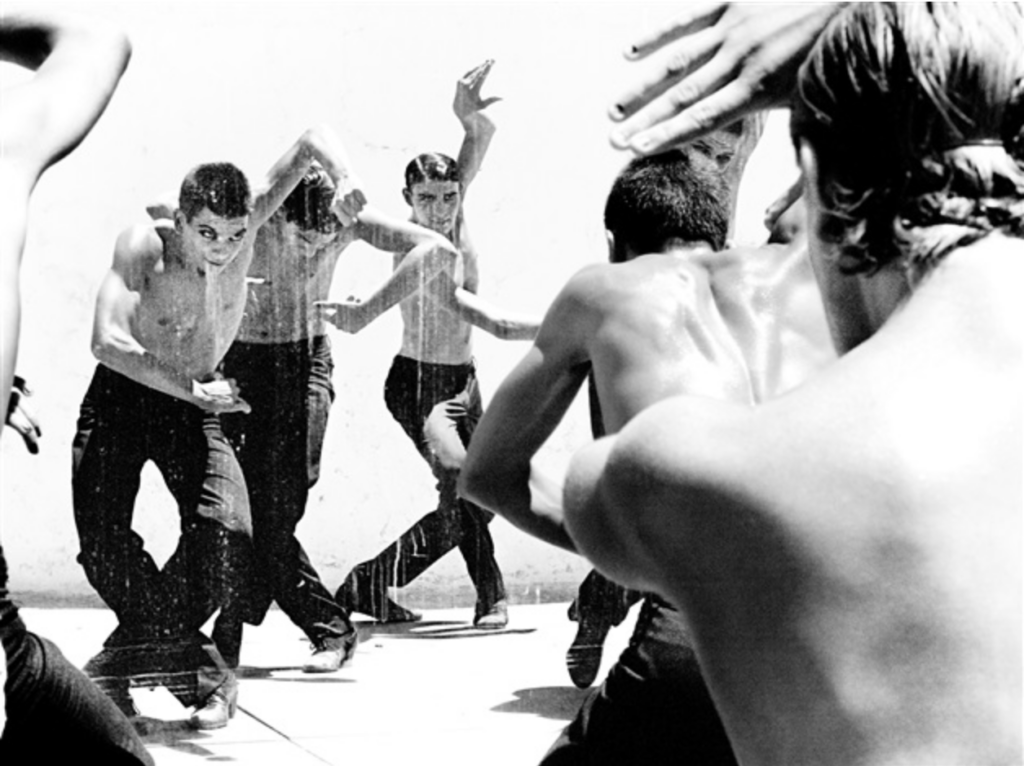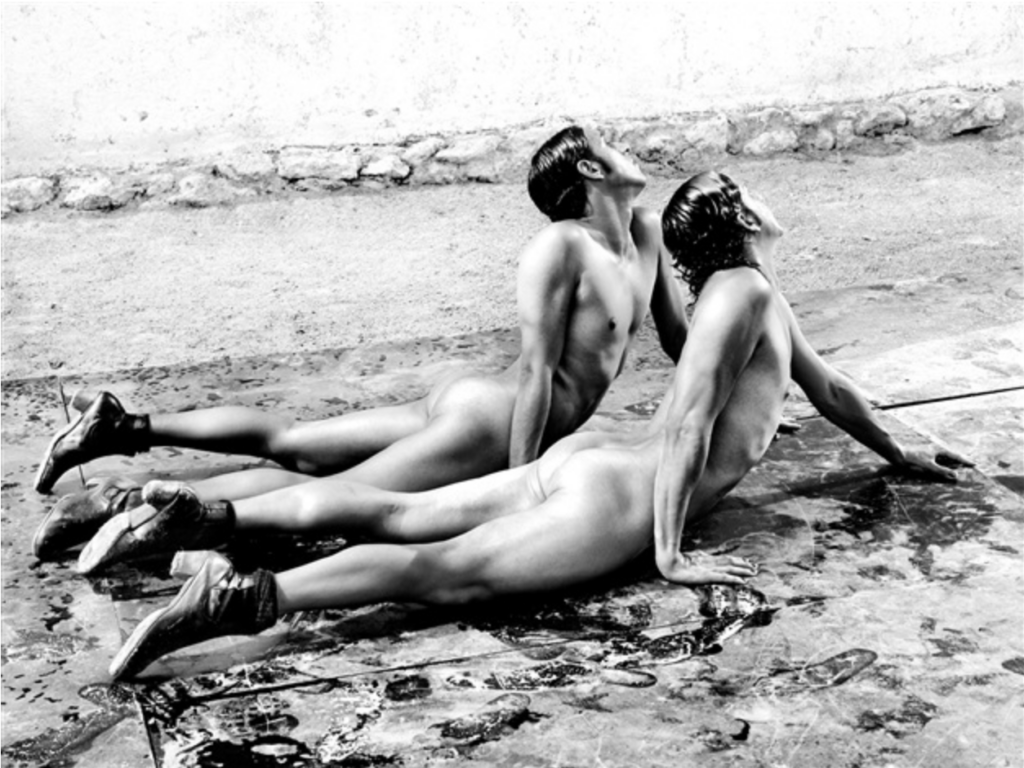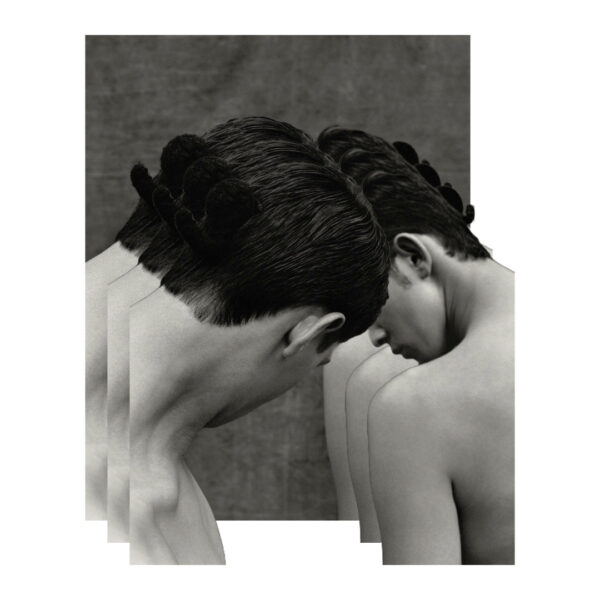In 1978 Faye Dunaway stared in the film, Eyes of Laura Mars, as a clairvoyant photographer who is plunged into a crazy murder plot.
Soundtracked by disco and adorned with scenes of high fashion photoshoots, this is the film that Colombian-born photographer, Ruven Afanador, cites as his gateway into this glamourous world of fashion and photography. Whilst the film is wonderfully affected and ridden with plot holes, it is clear to see how it could have made such an impression on a young Afanador, who would go on to work for prestigious high fashion magazines such as Vogue and Vanity Fair. In his work, Afanador draws inspiration from the dynamism of flamenco dancers and the sensual violence of toreros in Spain and across Latin America.

Afanador’s work balances high theatricality and a sensibility towards the delicate and the precise. There is a desire to display the subject, which ranges from trained ballet dancers, to cult celebrity figures, to the indigenous communities of his native Colombia, without pretense or artifice. Though that is not to say that there is not a cinematic stagecraft behind his work. His series documenting gitane flamenco dancers, Angel Gitano: The Men of Flamenco, evokes a simultaneous rigour and spontaneity which binds the act to the medium. Following his series Mil Besos, which focused solely on the women of flamenco, Angel Gitano sees a emphatic shift of vision to the men of flamenco in traditional Andalusian culture.

It is here that beauty meets bravado. A enigmatic and strained world, these photographs capture the male bodies in wild, arranged forms: mid-dance, heads bent, arms concave and geometric. They recall the powerful postures of bullfighters, the matadors, who stamp their feet, aggressive and elegant, rearing up for violence, rearing up for blood. And yet, here, there will be no bloodshed. Here, there is no music and yet each body dances. The viewer is challenged to imagine, to believe.



There is also an erotic charge to these photographs of these beautiful male dancers. Sometimes, this sensuality is more apparent, as we see the bare skin and taut muscles, a body exposed to the viewer to eroticise. Other times, it is an implied eroticism.

The portrait of Ramiro Cadena Payan is an example of this ambigious sexualised voyeurism. Payan sits, perhaps on a table or some uncut slab of stone. His hands are propping him up, his body tilting at once towards and away from the camera. He looks ready for action; he looks shy and untouched. His naked torso is suggestive, his unbuttoned trousers implicating him in an unfinished narrative. Like the dancers, this photograph seems to be taking place in the middle of an action, as if Afanador has leapt out of the picture, freezing everything in place, all to run and grab his camera so that he can arrest this moment in time. Are we invited into this intimate space, or are we transgressing some invisible boundary? Is it an invitation or is it a trap? These images bring to mind Mapplethorpe, whose photographs, though decidedly more explicit, echo a similar sense of appreciation for the male form and a desire to represent it as intimate and fragile.

Throughout his life and career, Afanador moved from Colombia to America, and then from America to Europe. He moved to Milan, Italy, where he grew as an artist and achieved recognition for his work as a fashion photographer. Later, he would express a desire for his home country, a longing which is present in all of his work. He won awards in Paris and presented retrospectives in Japan and Switzerland, but he never tried to be free from the influence of his Latin American identity. In Europe, he found that his link to his home country could be celebrated. ‘In Europe there has always been a very beautiful affinity with the fact that I am from Colombia,’1 Afanador told BBC Mundo, in an article from 2011.
In his family home in Michigan, a young Afanador made his first shots, using his family as his only subjects. Later, he watched the beauty queens and pristine passersby, and tried to capture their aliveness, the movement of their bodies, the violence of their departures as they disappeared into the photography studio. This directness, the confrontation with an entire life, it appears in all of his work. There is something else, too. Something hovering on the verge of being spoken, a hand entering the frame, touching someone, letting them be lead into a dance or a bullring. What is it, this indescribable, unbearable lightness? Is it, perhaps, his soul.

1 NEWS, BBC Mundo, 23 August 2011. In the mirror of Ruven Afanador. In the mirror of Ruven Afanador.

